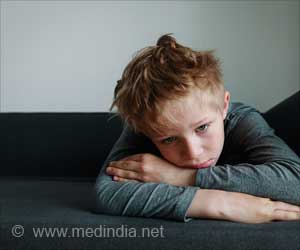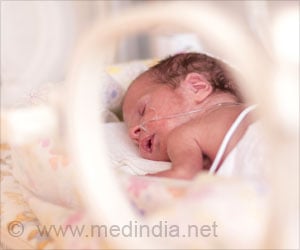Babies and toddlers should be allowed to learn from unstructured play and not from electronic screens, a new policy statement from the American Academy of Pediatrics (AAP) has recommended

On average, children this age watch televised programs one to two hours per day. By age 3, almost one third of children have a television in their bedroom.
Parents who believe that educational television is "very important for healthy development" are twice as likely to keep the television on all or most of the time.
"The concerns raised in the original policy statement are even more relevant now, which led us to develop a more comprehensive piece of guidance around this age group," said Ari Brown, MD, FAAP, lead author of the policy, and a member of the AAP Council on Communications and Media.
The report indicated that many video programs for infants and toddlers, which are marketed as "educational," do not benefit children since they cannot understand the content and context of the video.
In fact, the report claimed, young children with heavy media use are at risk for delays in language development once they start school, but more research is needed as to the reasons.
On the other hand it says unstructured playtime is more valuable for the developing brain than electronic media.
The policy statement was released at the AAP National Conference and Exhibition in Boston and will be published in the November 2011 issue of Pediatrics.
Source-ANI
 MEDINDIA
MEDINDIA
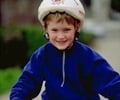
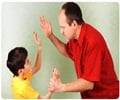

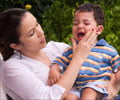
 Email
Email
